Premium Only Content
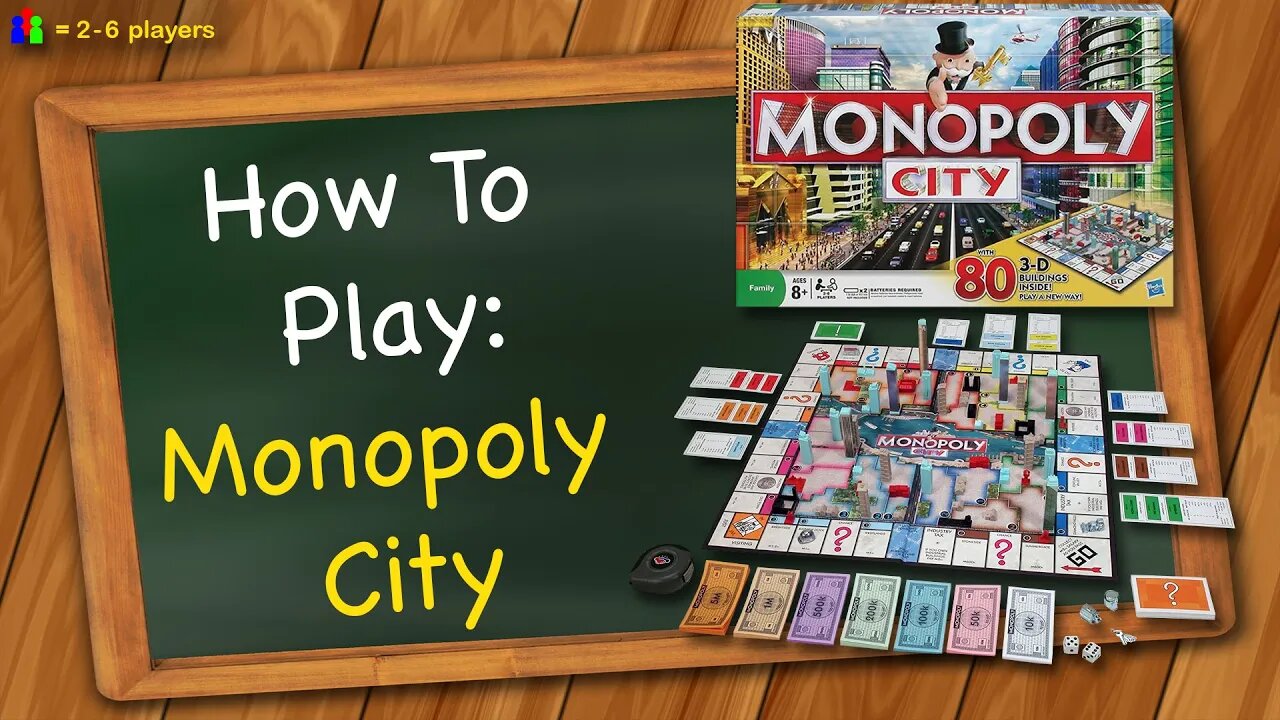
How to play Monopoly City
Learn the rules to the board game Monopoly City quickly and concisely - This video has no distractions, just the rules. For the normal rules of monopoly, check out this video: https://youtu.be/IPYH4dnhdHg
Don't own the game?
Buy it here: https://amzn.to/3bJ7jam (This Amazon Affiliate link directly supports me)
RULES:
The object of the game is to be the richest player at the end. Layout the board and shuffle the chance deck and place it face down on the table. Place the rent dodge card next to free parking. Give each player a reminder card. Each player picks a token and places it on Go. Give each player six 5 and 1 millions. Two 500, 200, and 100 thousands. One 50,000. And five 10,000 money bills. Decide how long you will play, either until a certain number of players go bankrupt or for a certain length of time, like 1 or two hours. Turn on the trading unit. Roll dice and the player with the highest roll goes first, then play proceeds clockwise.
On your turn, roll both dice and move your token exactly that many spaces clockwise around the board, then perform actions based on where you landed. You may then build. If you roll doubles you get to roll and move again and build again. If you roll doubles 3 times in a row, then immediately go to jail and do not complete your 3rd turn.
If you land on an unowned district, you must buy it for the price listed or auction it. To auction it, press the auction button on the trading unit. Bidding starts at ten thousand and can be increased by any amount. Players do not have to bid in turn order. When the time runs out the auction ends and the player with the highest bid, pays the bank the bid price. Once you buy a district, you take the district card and put it in front of you.
To build, it must be your turn. Press the build button on the trading unit. The number that shows is the maximum number of blocks you can build this turn. Gray residential buildings and blue industrial buildings, called properties, each have 3 different block levels of buildings: 1 block, 2 blocks, and 3 blocks. The price per block can be found on your district cards. You may build on any district you own in a single turn. Buildings are placed inside the colored district area on the board. You may not have more than 8 blocks in any district. Residential buildings are cheaper but if a hazard is placed in your district then they are worthless and do not count towards the rent value until the hazard is removed. Industrial buildings cost more and are safe from hazards. You can consolidate space in a district by combining smaller buildings into larger ones of the same color.
If the trading unit shows a train instead of a number, then you can build a railroad on any district for free. Railroads are placed on the outer track of the board rather than in the center. When you land on a district that has a railroad, you may move to any other district that has a railroad. If you pass go collect 2 million from the bank. If the space with the railroad is owned by another player, you still have to pay them rent before you move. If the destination is unowned, you may buy it or auction it. If someone else owns it, you must pay them rent. If you own it, nothing happens. If you start your turn on a railroad, then you may not use it, but roll and move as normal.
If you land on an auction space, you must put any unowned district on the board up for auction. If you land on an industry tax space, pay the bank the amount shown if you own any industrial buildings. If you don’t own any, do nothing. If you land on a planning permissions space you must build a bonus building or a hazard. Both of these buildings are free and do not count towards the 8 block maximum per district. Bonus buildings are red and can be built on any unoccupied district or any district you own. Hazards are black and can be built on any unoccupied space or any opponent’s district. Only 1 hazard or 1 bonus building may occupy a district at a time. Bonus buildings prevent hazards from being built in them. Hazards block residential buildings from contributing to the rent level. To remove the rubbish hazard you must pay 1 million to the bank. The power station and sewage plant cost 1.5 million. And the prison costs 2 million....
-
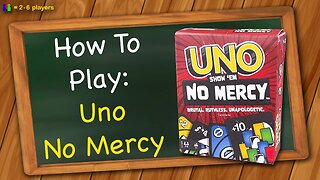 3:22
3:22
Triple S Games
1 year ago $0.18 earnedHow to play Uno No Mercy
532 -
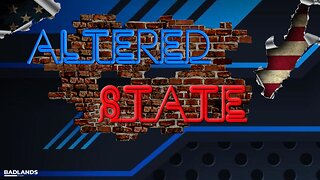 1:46:28
1:46:28
Badlands Media
23 hours agoAltered State S3 Ep. 45: The Assassination of Charlie Kirk
160K27 -
 8:56:53
8:56:53
Dr Disrespect
16 hours ago🔴LIVE - DR DISRESPECT - THE FINALS - NEW SEASON 8 LAUNCH EVENT W/ THE SHOTTY BOYS
281K10 -
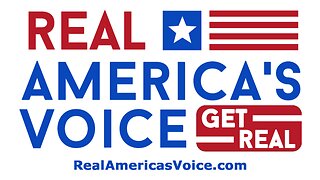 LIVE
LIVE
RealAmericasVoice
3 days agoHOME OF REAL NEWS
2,934 watching -
 27:00
27:00
BonginoReport
11 hours agoRest In Peace Charlie Kirk - Nightly Scroll w/ Hayley Caronia (Ep.131) - 09/10/2025
261K400 -
 1:20:06
1:20:06
Kim Iversen
11 hours agoRIP Charlie Kirk: When Words Fail, They Reach for Guns
186K335 -
 2:47:04
2:47:04
DDayCobra
12 hours ago $18.29 earnedCharlie Kirk SHOT
159K63 -
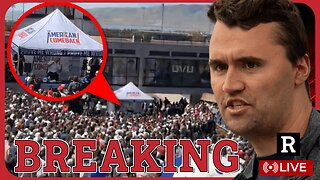 1:14:30
1:14:30
Redacted News
11 hours agoBREAKING! CHARLIE KIRK SHOT BY ASSASSIN IN UTAH, TRUMP CALLS FOR NATIONAL PRAYERS
335K531 -
 3:50:27
3:50:27
Right Side Broadcasting Network
17 hours agoLIVE REPLAY: Latest News from the Trump White House - 9/10/25
380K102 -
 1:12:05
1:12:05
vivafrei
15 hours agoLegacy Media is the Enemy of the People! Israel Stikes Qatar, U.S., Gets Mad! AOC So Stupid & MORE!
204K97